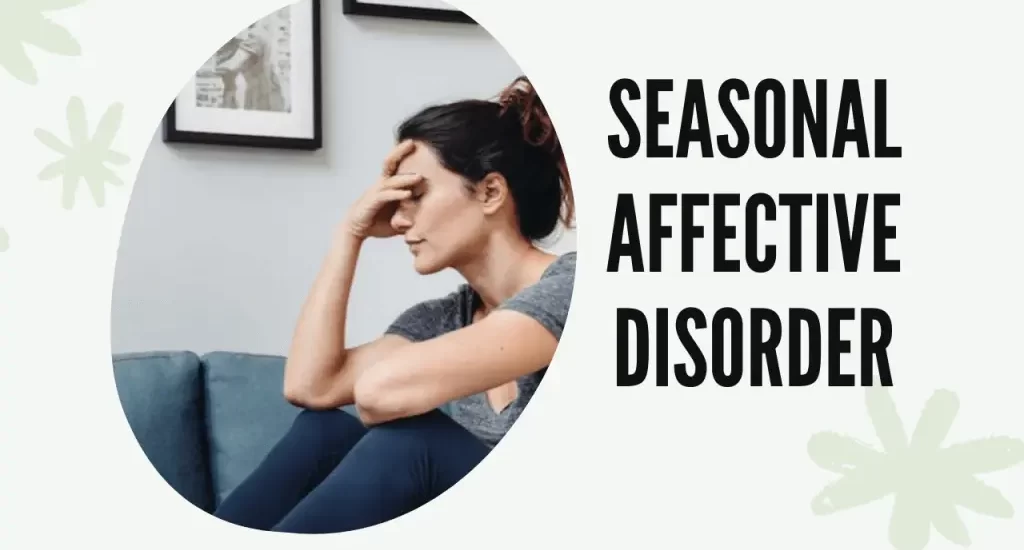


Seasonal affective disorder is not considered a separate disorder but is a type of depression characterized by its recurrent seasonal pattern, with symptoms lasting about 4 to 5 months per year. Many people go through short periods of time where they feel sad. Sometimes, these mood changes begin and end when the seasons change. People may start to feel “down” when the days get shorter in the fall and winter (also called “winter blues”) and begin to feel better in the spring, with longer daylight hours.
Seasonal affective disorder (SAD) is a type of depression that’s related to changes in seasons SAD begins and ends at about the same times every year. If you’re like most people with SAD, your symptoms start in the fall and continue into the winter months; sapping your energy and making you feel moody. These symptoms often resolve during the spring and summer months.
Less often, SAD causes depression in the spring or early summer and resolves during the fall or winter months. SAD is more common in people with major depressive disorder or bipolar disorder, Bipolar disorder, formerly called manic depression, is a mental health condition that causes extreme mood swings that include emotional highs (mania or hypomania) and lows (depression).Additionally, people with SAD tend to have other mental disorders, such as attention deficit/hyperactivity disorder, an eating disorder, an anxiety disorder, or panic disorder. SAD sometimes runs in families. It is more common in people who have relatives with other mental illnesses.
In most cases, seasonal affective disorder symptoms appear during late fall or early winter and go away during the sunnier days of spring and summer. Less commonly, people with the opposite pattern have symptoms that begin in spring or summer. In either case, symptoms may start out mild and become more severe as the season progresses.
In most cases, seasonal affective disorder symptoms appear during late fall or early winter and go away during the sunnier days of spring and summer. Less commonly, people with the opposite pattern have symptoms that begin in spring or summer. In either case, symptoms may start out mild and become more severe as the season progresses.
Signs and symptoms of SAD may include:
People who have bipolar disorder are at increased risk of seasonal affective disorder. In some people with bipolar disorder, episodes of mania may be linked to a specific season. For example, spring and summer can bring on symptoms of mania or a less intense form of mania, anxiety, agitation and irritability. They may also experience depression during the fall and winter months.
Treatment plan for seasonal affective disorder:
What Is Trichotillomania Anxiety Disorder And How To Overcome It?
Body Dysmorphic Disorder DSM-5; Causes & Signs
Frozen Shoulder: Causes, Symptoms & 5 Best Exercises
Acute Trauma: 5 Symptoms & Factors That Related To Stress
Oppositional Defiant Attention Deficit Disorders(ODD): Signs & Therapies